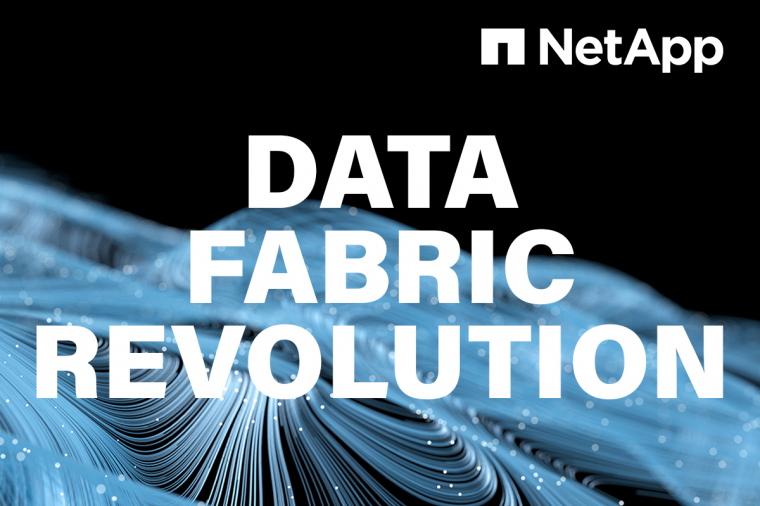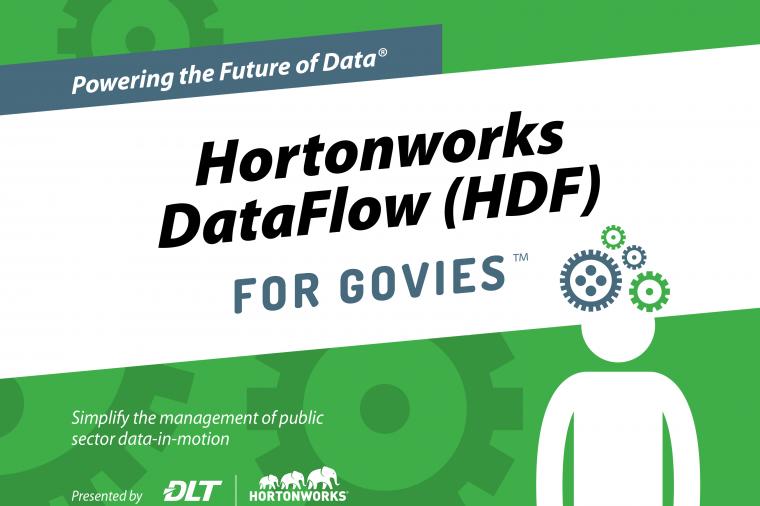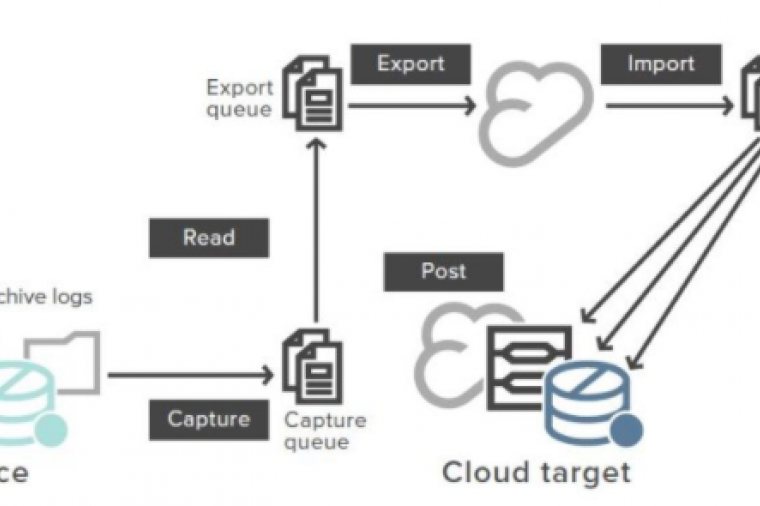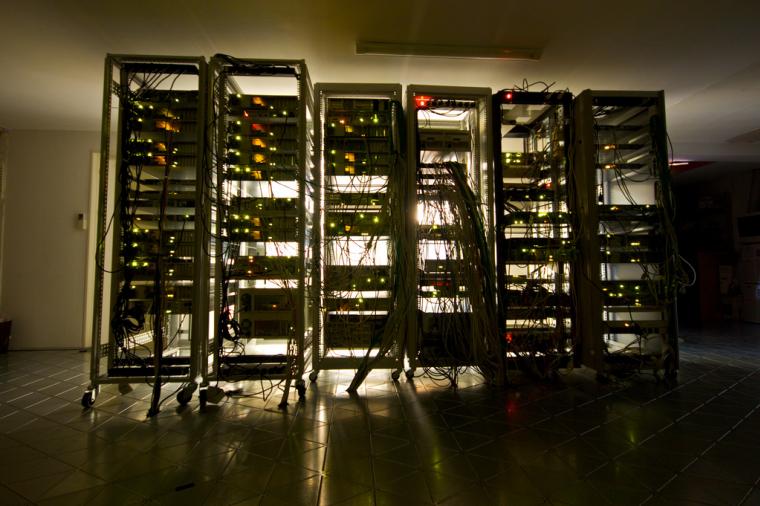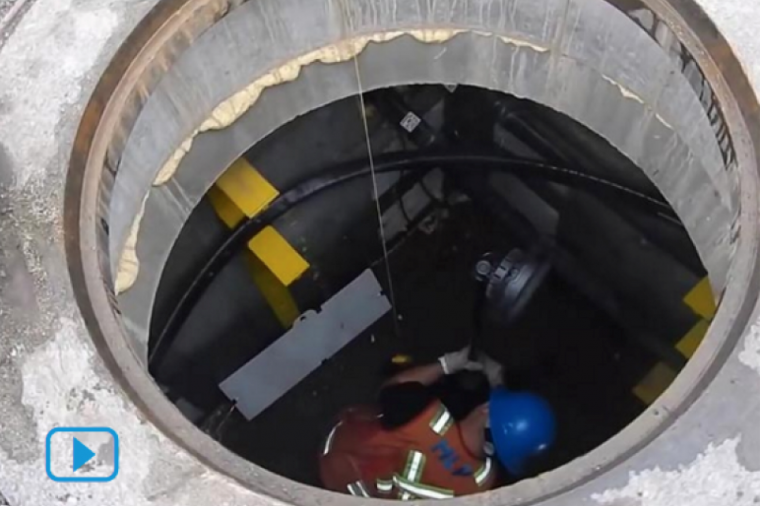How's your virtualization and data center consolidation strategy progressing? Have you hit a plateau after virtualizing everything you can? With all eyes firmly fixed on the cloud, why would I bring up virtualization? Virtualization has come and gone, everyone's done it, there's nothing left. Right?
Not so fast. We fully understand the new role of virtualization as a foundational data center technology. But there is still a set of core applications and components that resist virtualization – the 'traditionally unvirtualizable' applications. IDC put out a white paper just last April talking about the benefits of virtualization tier 1 applications. This class of applications is usually very sensitive to environmental factors and highly critical to the operations of the business. It can include components from database servers to large services like email or full business suites for enterprise resource planning. For each of these, every level of infrastructure and design affect performance and user experience. Moving to a technology that could negatively affect performance is a non-starter. And with virtualization being a core technology under the cloud covers, these same concerns arise when looking at moving these applications outside the walls of an agency.
Virtualization technology has come a long way in the past five years. Hardware manufacturers like Intel and software vendors like Red Hat have put time and money into making sure that virtual performance is as close to bare metal performance as possible. Enterprise virtualization platforms, like RHEV, have made great strides in providing virtual resources with upward limits matching bare metal platforms. This focus on scalability and compatibility, with equivalent characteristics, has not come at the cost of the traditional flexibility and consolidation benefits of a virtualized environment. In fact, vendors of tier 1 applications like SAP, among others, are certifying their applications to run fully supported in virtual environments.
The maturity of virtualization practices in a data center, around networking, storage, and platforms, combined with modern virtualization platforms that exhibit superior scaling and performance; makes the prospect of virtualized tier 1 applications not only possible but inevitable. The flexibility, availability, and consolidation gains provided by virtualization platforms can only benefit legacy environments. The cost savings recognized by moving away from dedicated hardware and more efficient license usage can far outweigh the costs of migration. With the right partner and tooling, migration risks can be mitigated with a full fail back path should architectural problems be highlighted.
Is tier 1 virtualization a no brainer? No, but with the right expertise and platforms, it need not be avoided.
Register for Virtualizing Oracle 11g with RHEV and NetApp to hear representatives from Red Hat and NetApp discuss the benefits and best practices for virtualizing Oracle 11g database on Red Hat Enterprise Virtualization and NetApp Storage.



